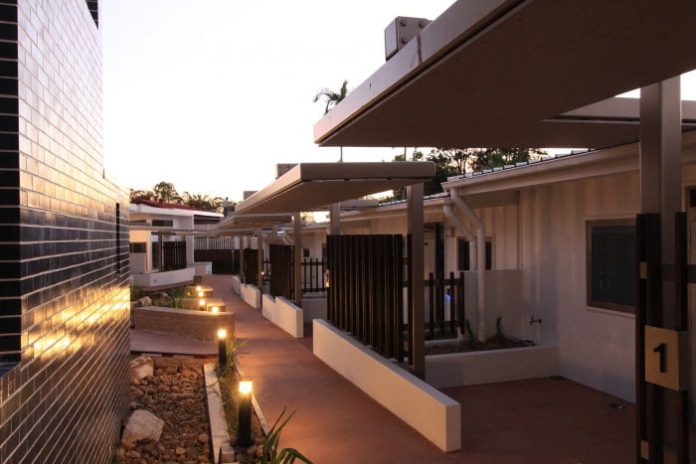Hands-free access control is critical in many applications and none more so when it facilitates the movements of young people afflicted by disabilities that rob them of freedom of movement. At MS Queensland Youngcare Complex, ISCS and NASA Electronic Security Systems have partnered to make a difference.
FOR young people with multiple sclerosis, staying mobile is a key part of maintaining health and feelings of well-being. ISCS and NASA Electronic Security Systems have been instrumental in providing young, high-care MS patients with much-needed technology to help them move about more freely. The system, comprising Nedap uPASS readers and UHF cards in conjunction with the ICT Protege WX access control system, was installed at the recently completed $A5.5 million MS Queensland Youngcare complex at Albany Creek, in Queensland.
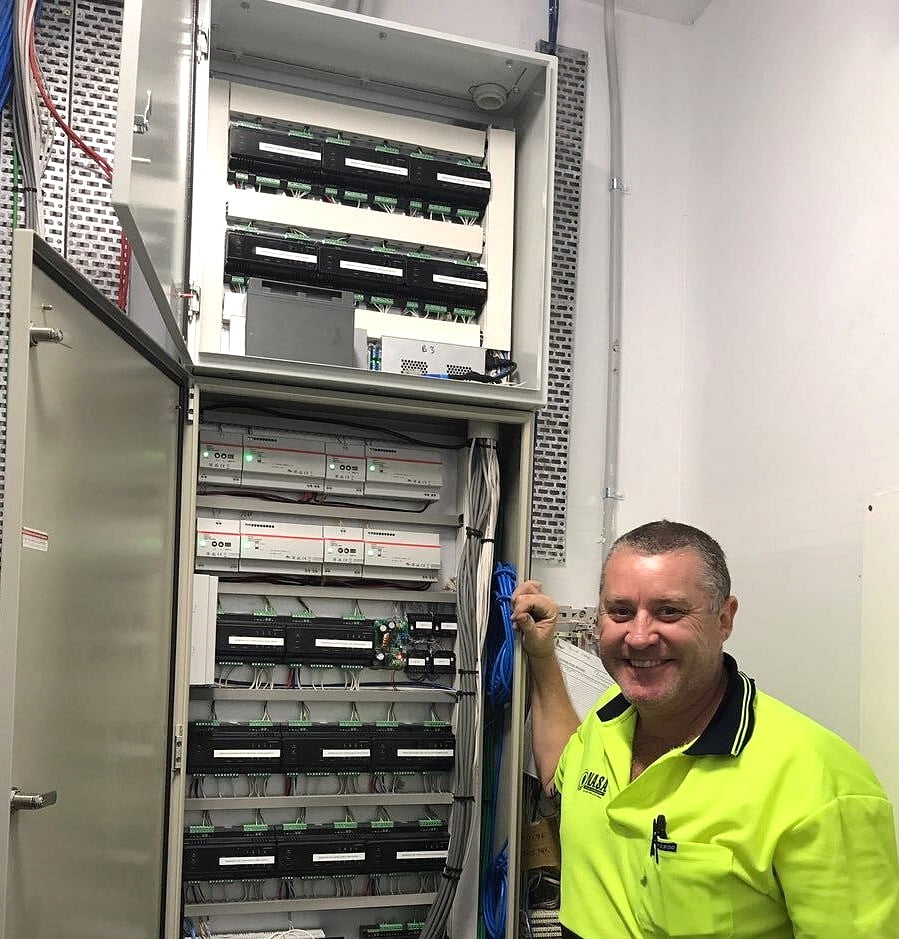
Integrator Norm Larden, managing director of NASA Electronic Security Systems, said 29 of the long-range readers were installed in 8 care units across the state-of-the-art facility.
“Because of the difficulties in presenting a standard access control card, everything needs to be automated so when the patients at the centre wheel their chairs up to a door it simply opens for them automatically,” Larden said.
“MS Queensland was extremely happy with the product and we were most impressed by the ability to alter the read range to suit particular aspects of the application. The readers can be easily configured at the time of installation to suit the needs of the project. Whether it’s a couple of paces or 2 metres, it was very simple for our techs to provide the ideal solution.”
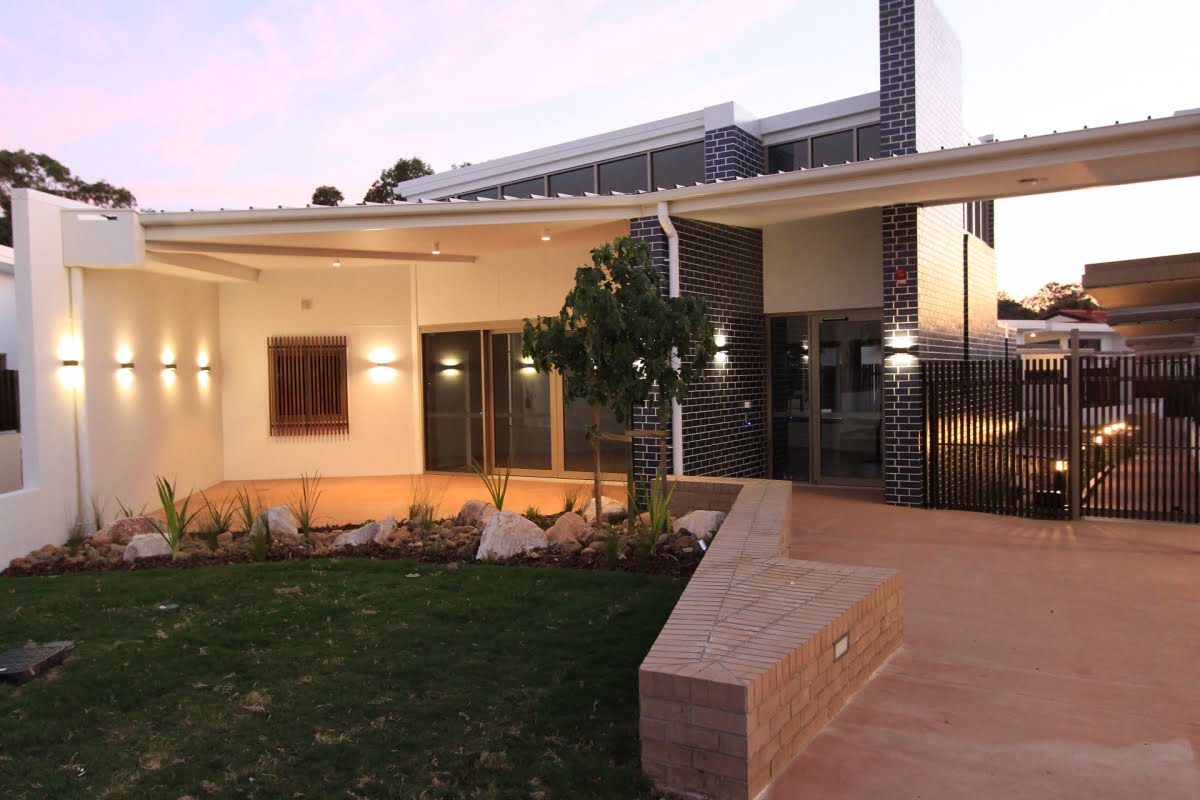
According to Larden, while this was a relatively straightforward installation, commissioning the readers themselves was more complex.
“Nedap readers allow installers to set variable read distances during commissioning but there are situations in which the read range is impacted – for instance, the closer the card is to the body, the less the read distance,” Larden explains. “Read distance is also impacted if the card is covered by a hand – discovering these variables assisted us during the commissioning process. Something else to take into account is the 200mW draw of each reader on idle – current draw is impacted by range settings, so that’s another consideration for installers.
“Along with setting up the readers, the installation involved commissioning the controllers – each of the units needed commissioning. We needed to get doors to fire in concert with the alarm system and there was IP intercom to integrate as well. Other things we had to take into consideration included the fact electrical services did not keep up with us and there was a variation to the reader numbers to be dealt with.”
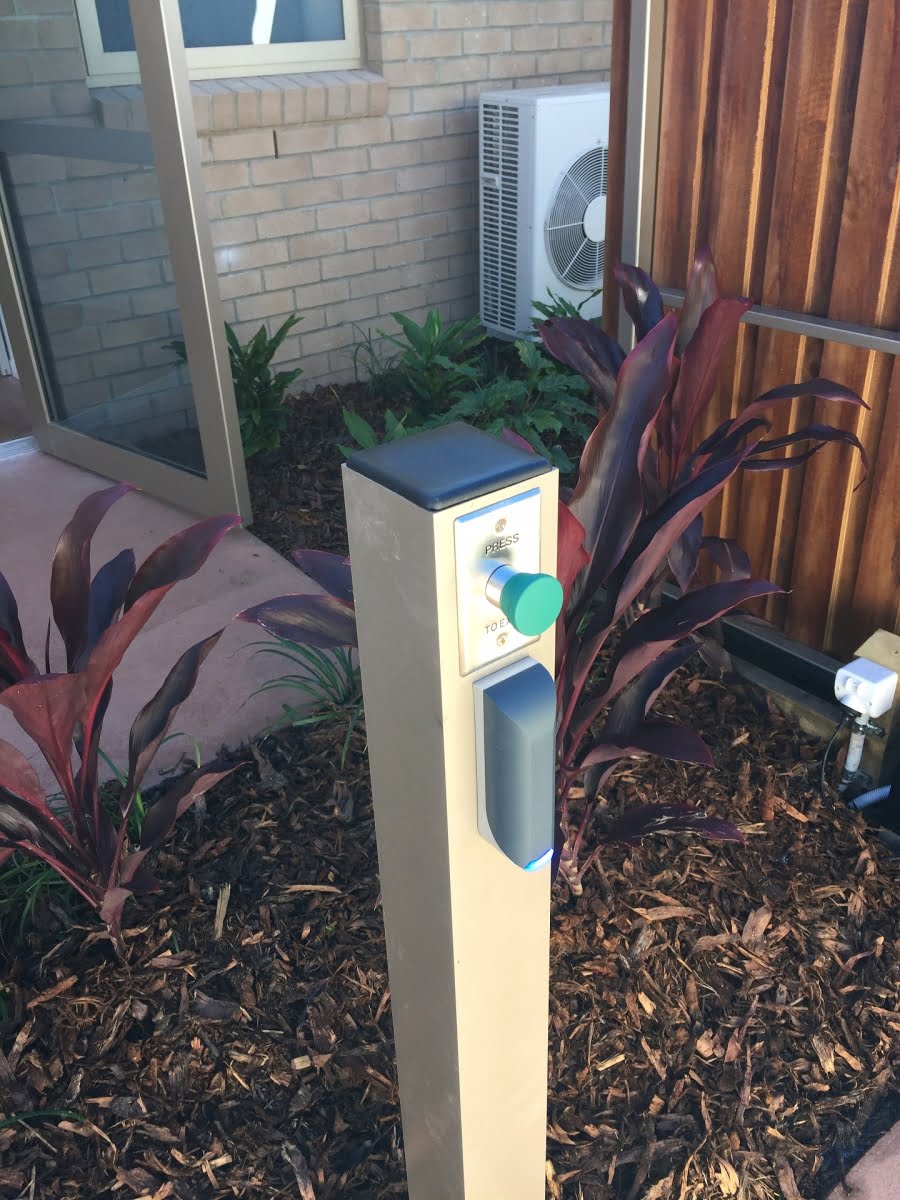
As Larden explains, the access control installation is running Weigand but ICT Protege WX supports either option – for a relatively small site like this one, he says Weigand was ideal.
“The system has a controller for each 4 readers and there are 29 readers and 50 cardholders in the system,” Larden explains. “Cardholders are mostly staff and there are also cards for patients in 8 full-time care units and for visitors staying in 3 family units – it’s a small complex.”
Larden say the system has been so successful, MS Queensland is likely to install a similar solution for a 3-story unit at Mater Hospital.
“I believe MS Queensland will be going with Nedap again – they’ve been very impressed with how easy it is for patients to use – that’s the key to this installation – what it has done for the kids in terms of giving them the ability to go through doors on their own. That freedom of movement is a significant increase to quality of life for these youngsters.”
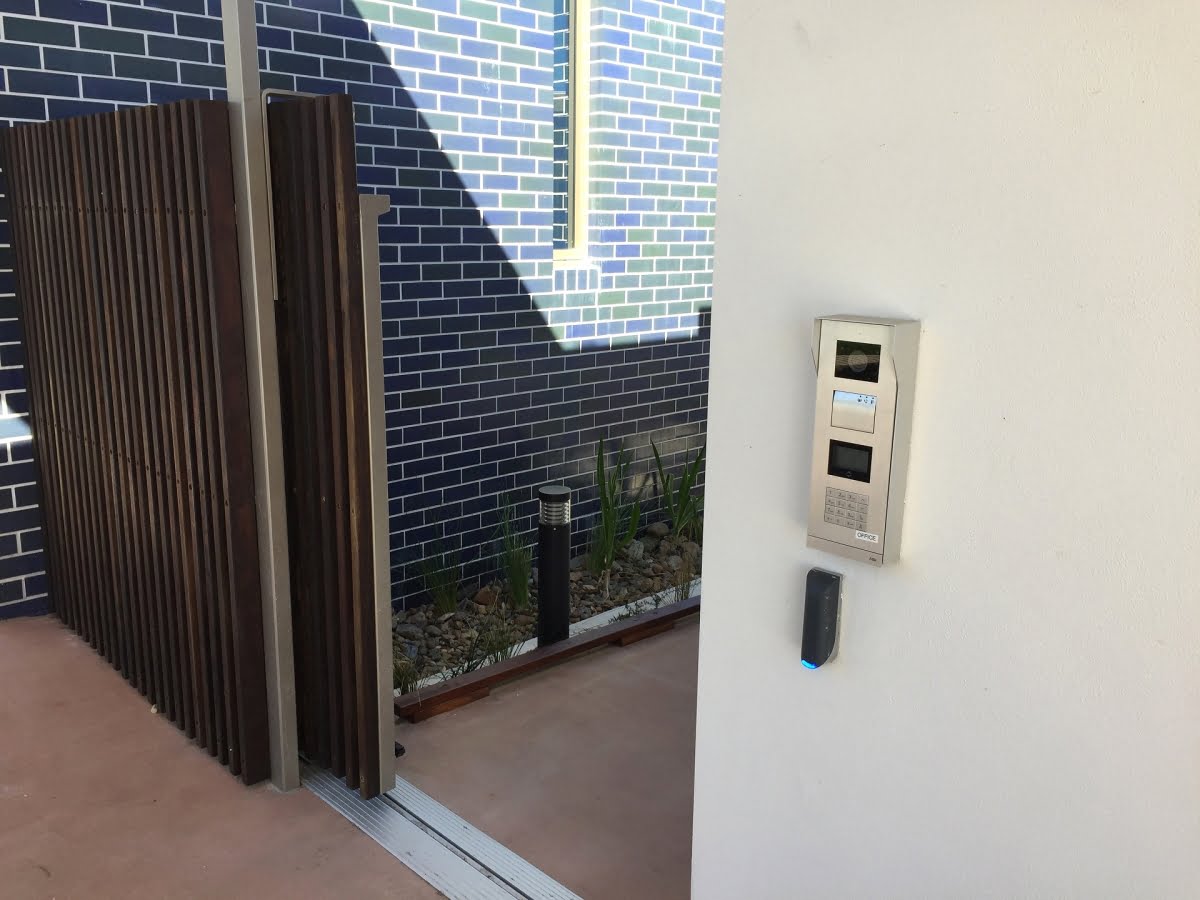
Meanwhile, ISCS Queensland manager, Mike Knowland, said the project was a great showcase for the flexibility of the Nedap uPASS readers, as well as the ICT Protege WX system, which can cater for up to 128 doors, 50,000 events, 10,000 users, and 512 inputs and outputs.
“The Nedap readers are an industry leader for long range identification solutions, in our opinion,” Knowland said. “They are on-site configurable, offer consistent reading up to 5m in a weatherproof housing that also provides LED and audible read indication. Additionally, the cards are available in several form factors and being a passive UHF technology, there is no battery so there are no concerns regarding the lifespan of the credentials.
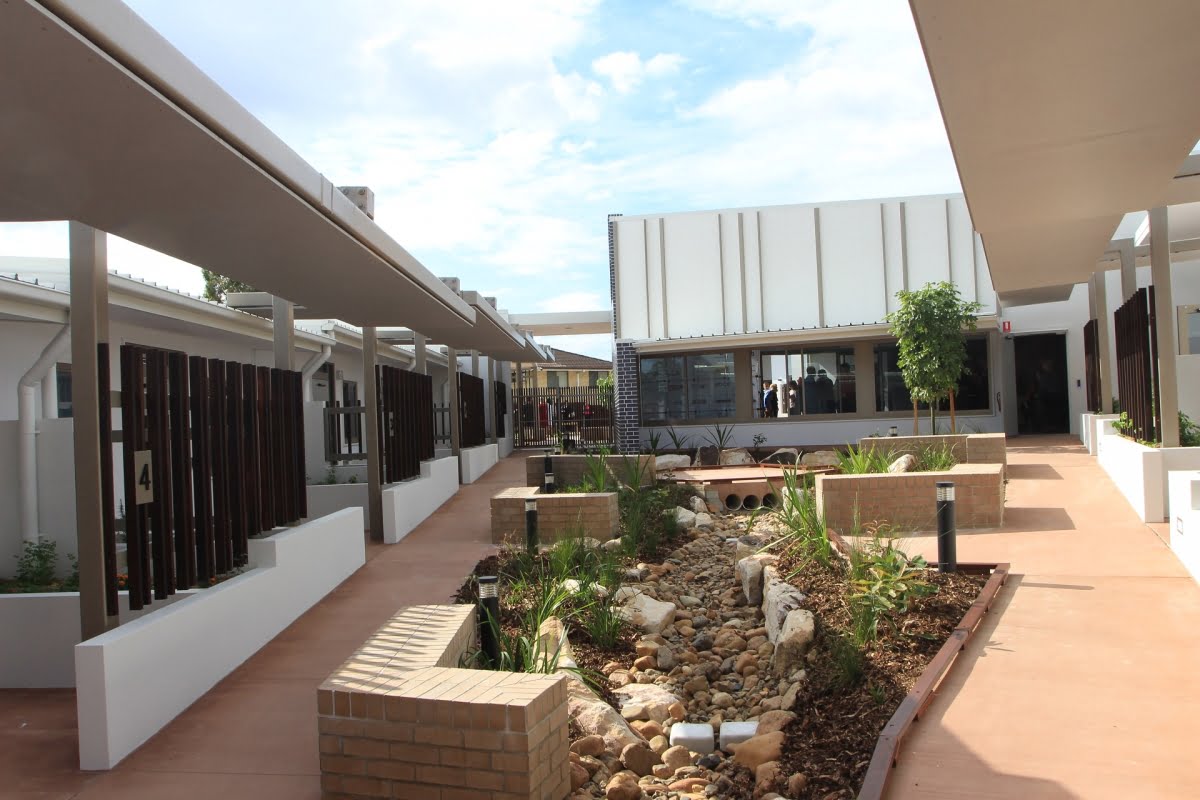
“Protege WX is a fantastic system that is a flexible, all-in-one, web-based system able to integrates access control, intrusion detection and building automation into a simple unified solution. The modular hardware design provides the flexibility to accommodate any installation whether it’s small, large, residential or commercial. Expandable modules allow you to scale your system as your requirements change.”



